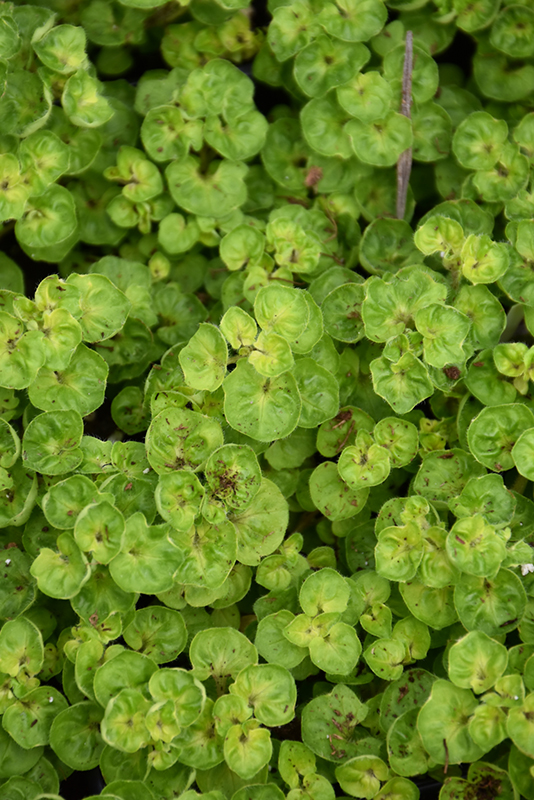Height: 12 inches
Spacing: 20 inches
Sunlight:
![]()
Hardiness Zone: 4b
Description:
This variety is noted for its mild, delicate flavor and pleasant aroma; low growing and mat forming variety with bright golden yellow leaves; does well in sandy loam; good heat and drought tolerance; a perfect addition to the herb garden and containers
Edible Qualities
Golden Marjoram is a perennial herb that is typically grown for its edible qualities. The fragrant oval chartreuse leaves with hints of gold can be harvested at any time in the season. The leaves have a mild taste and a sweet fragrance.
The leaves are most often used in the following ways:
- Fresh Eating
- Cooking
- Seasoning
Features & Attributes
Golden Marjoram features tiny white tubular flowers with shell pink overtones from mid to late summer. Its fragrant oval leaves remain chartreuse in color with hints of gold throughout the year. The brick red stems can be quite attractive.
This is an herbaceous evergreen perennial herb with a spreading, ground-hugging habit of growth. It brings an extremely fine and delicate texture to the garden composition and should be used to full effect. This is a relatively low maintenance plant, and should be cut back in late fall in preparation for winter. It is a good choice for attracting bees and butterflies to your yard, but is not particularly attractive to deer who tend to leave it alone in favor of tastier treats. It has no significant negative characteristics.
Aside from its primary use as an edible, Golden Marjoram is sutiable for the following landscape applications;
- Border Edging
- General Garden Use
- Groundcover
- Herb Gardens
- Container Planting
Planting & Growing
Golden Marjoram will grow to be about 10 inches tall at maturity, with a spread of 18 inches. When grown in masses or used as a bedding plant, individual plants should be spaced approximately 20 inches apart. Its foliage tends to remain low and dense right to the ground. It grows at a fast rate, and under ideal conditions can be expected to live for approximately 5 years. As an evegreen perennial, this plant will typically keep its form and foliage year-round.
This plant can be difficult to integrate into a landscape or flower garden, and is best grown in a designated herb garden. It should only be grown in full sunlight. It prefers dry to average moisture levels with very well-drained soil, and will often die in standing water. It is considered to be drought-tolerant, and thus makes an ideal choice for a low-water garden or xeriscape application. This plant should not require much in the way of fertilizing once established, although it may appreciate a shot of general-purpose fertilizer from time to time early in the growing season. It is not particular as to soil pH, but grows best in sandy soils. It is somewhat tolerant of urban pollution. This is a selected variety of a species not originally from North America. It can be propagated by cuttings; however, as a cultivated variety, be aware that it may be subject to certain restrictions or prohibitions on propagation.
Golden Marjoram is a good choice for the edible garden, but it is also well-suited for use in outdoor pots and containers. Because of its spreading habit of growth, it is ideally suited for use as a 'spiller' in the 'spiller-thriller-filler' container combination; plant it near the edges where it can spill gracefully over the pot. Note that when growing plants in outdoor containers and baskets, they may require more frequent waterings than they would in the yard or garden.

